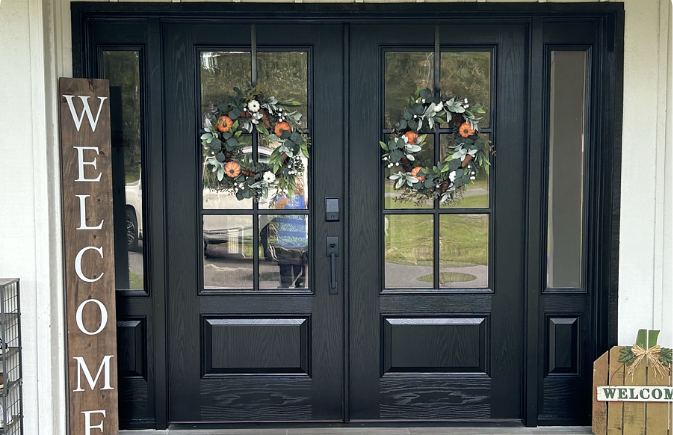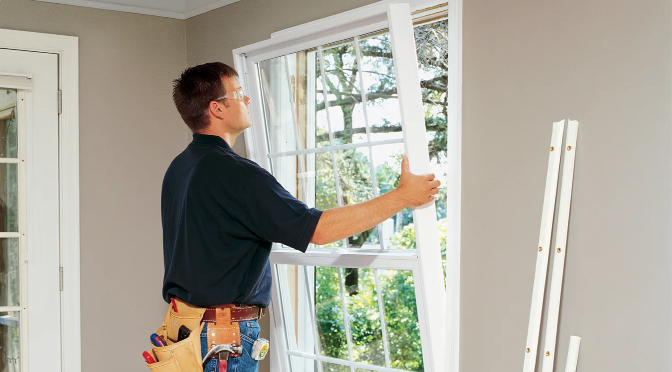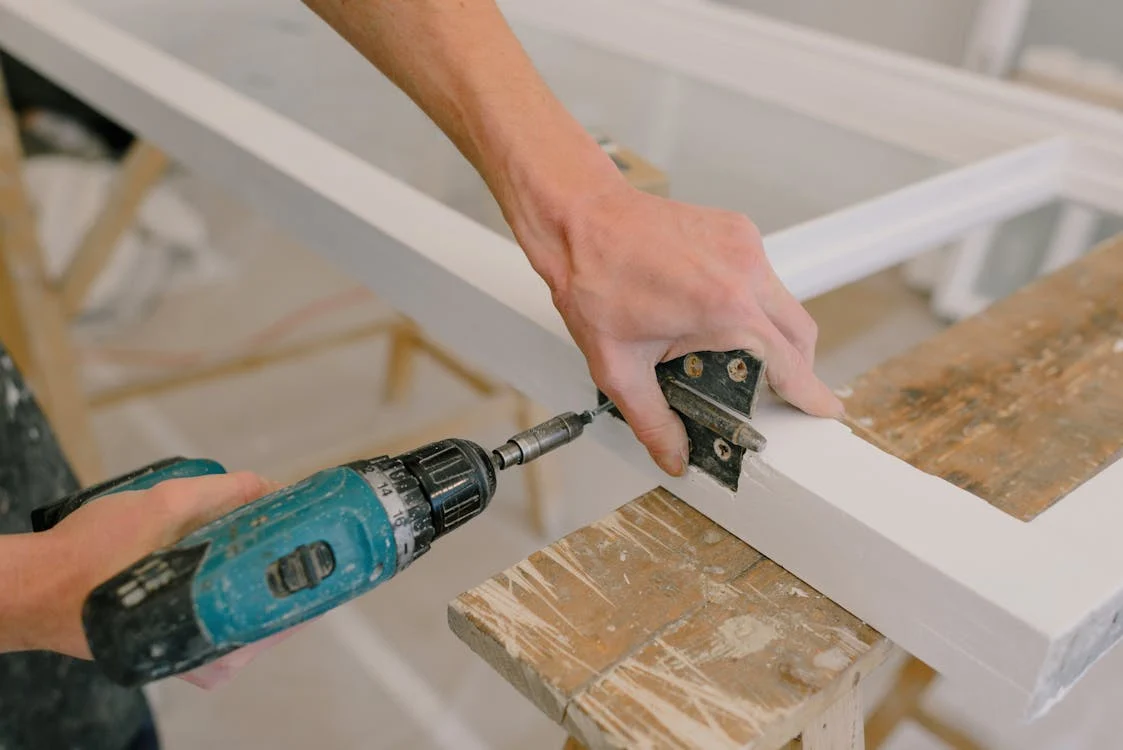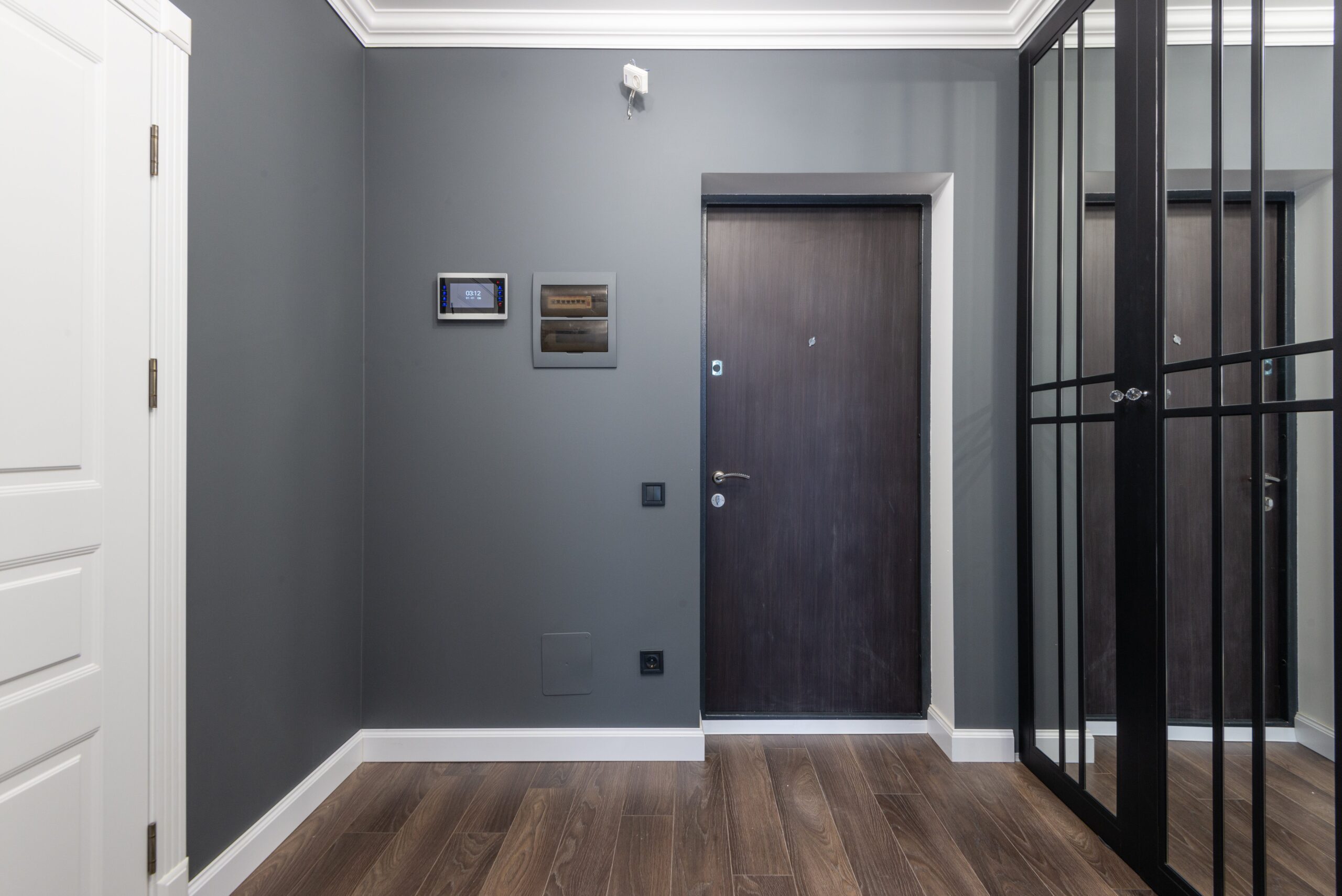
Choosing the Right Material for Your Exterior Door: A Technical Comparison
When it comes to selecting an exterior door, homeowners are faced with a myriad of choices, each with its own set of technical considerations. From classic wood to modern fiberglass and sturdy steel, the material of your exterior door plays a crucial role in its durability, insulation properties, and overall maintenance requirements. In this comprehensive guide, we’ll embark on a technical comparison of these materials, providing readers with detailed insights supported by facts and figures.
1. Wooden Exterior Doors: A Timeless Classic
Technical Insights: Wood remains a popular choice for exterior doors due to its timeless appeal and versatility. It offers excellent insulation properties and can be customized to match various architectural styles.
Durability: Wood doors are durable, but their longevity is influenced by factors such as climate, maintenance, and the specific type of wood used. Hardwoods like mahogany and oak are more resistant to wear and tear.
Insulation Properties: Wood provides natural insulation, helping regulate indoor temperatures. Proper sealing and finishing enhance its insulating capabilities.
Maintenance Requirements: Wooden doors require regular maintenance, including sealing or painting to protect against moisture and insects. Annual inspections and touch-ups contribute to their longevity.
2. Fiberglass Exterior Doors: The Modern Contender
Technical Insights: Fiberglass doors have gained popularity for their durability, low maintenance, and ability to mimic the look of wood. They are composed of reinforced plastic with glass fibers.
Durability: Fiberglass doors are highly durable, resistant to warping, cracking, and rot. They have a longer lifespan compared to some wood varieties.
Insulation Properties: Fiberglass offers good insulation, but the material itself is not as naturally insulating as wood. Some models feature foam cores to enhance energy efficiency.
Maintenance Requirements: Fiberglass doors require minimal maintenance, usually a periodic cleaning and inspection. They are resistant to weather-related issues, making them suitable for various climates.
3. Steel Exterior Doors: Strength and Security
Technical Insights: Steel doors are known for their strength, security features, and resistance to harsh weather conditions. They are typically constructed with a steel outer shell over a core of insulation.
Durability: Steel doors are exceptionally durable, providing excellent resistance to dents and scratches. They are less prone to environmental factors like insects and moisture.
Insulation Properties: Steel doors may not offer the same natural insulation as wood, but many models feature a thermal break and insulating core for improved energy efficiency.
Maintenance Requirements: Regular painting is recommended to prevent rust on steel doors. Steel doors are low-maintenance overall, requiring minimal upkeep.
Tips for Homeowners: Making an Informed Decision
Consider Your Climate: Choose a material that can withstand the specific climate conditions in your area, whether it’s extreme heat, cold, or humidity.
Evaluate Security Needs: If security is a top priority, steel doors may be the optimal choice due to their strength and resistance to impact.
Factor in Maintenance Commitments: Be realistic about the level of maintenance you are willing to undertake. Wood doors, while elegant, may require more upkeep than fiberglass or steel options.
Think Long-Term: Consider the long-term costs and benefits of each material. While wood doors may have higher upfront costs, their timeless aesthetic may add significant value to your home.
Seek Professional Guidance: Consult with exterior door contractors for personalized advice based on your specific needs and preferences.
Conclusion:
Choosing the right material for your exterior door involves a careful consideration of various technical factors. While wood, fiberglass, and steel each have their unique advantages, the decision ultimately depends on your priorities in terms of aesthetics, durability, insulation, and maintenance. By understanding the technical aspects of each material, you can make an informed decision that aligns with your home’s specific requirements.
For expert guidance on exterior door installations, replacements, and services, visit our FD Windows and Doors landing page. Our team is dedicated to providing tailored solutions that enhance the beauty, security, and energy efficiency of your home.
Frequently Asked Questions
Yes, but it’s crucial to choose a hardwood that is more resistant to moisture, such as mahogany or oak. Proper sealing and finishing are also essential to protect the wood in humid conditions.
Fiberglass doors are designed to resist fading and discoloration. They often come with UV-resistant finishes that help maintain their appearance over time, even in direct sunlight.
Steel doors, when equipped with a thermal break and insulating core, can provide good insulation even in extreme temperatures. They are less susceptible to warping or expanding compared to some other materials.
Fiberglass doors are resistant to dents and scratches, making them a durable option. However, extreme force or impact can cause damage, so proper care is still advised.
Yes, additional insulation can be added to existing doors, especially if energy efficiency is a concern. Consult with a professional exterior door contractor to explore insulation options for your specific door type.
Recent Post
How to Install an Exterior Door? An exterior door in …
Choosing Replacement Windows When you start the process of Choosing …
Choosing Exterior Door Colors: The Ultimate Guide for Every Homeowner …
Installing New Windows: Here’s How to Install Them Safely and …
Get In Touch
We’d be happy to talk with you on the phone and fully understand your home upgrade. However, it is easiest if you start with a brief description of your project using this simple form:






